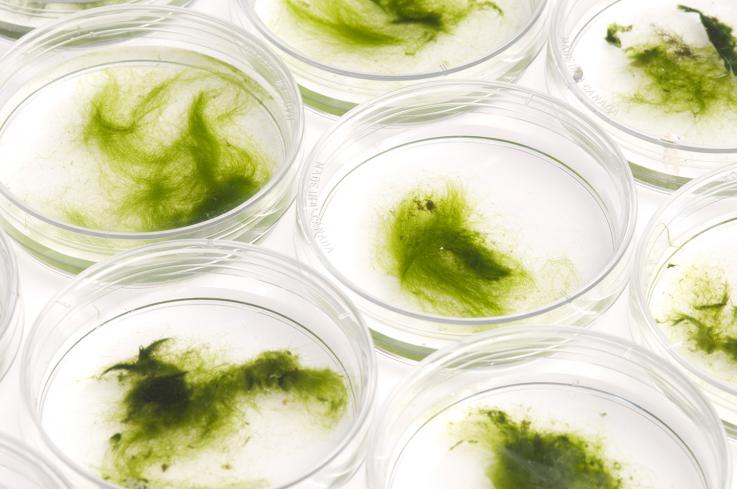One expert estimates that more than 90 percent of lakes, rivers and reservoirs used as drinking water sources in the United States are vulnerable to algal blooms. Equally troubling: The majority of water treatment plants aren’t equipped to remove toxins, which require pricey treatment methods like ozone disinfection. When the algae interfere with drinking supplies, timely remedies can be hard to come by, leaving some towns with no choice but to order the residents to stop using tap water, sometimes for weeks at a time. Although municipal water managers are reluctant to talk publicly about the issue, “they’re very worried,” says Deepak Mishra, an associate professor of geography at the University of Georgia who studies the global distribution of harmful algal blooms.

So far, nobody has died from algal toxins in the U.S., but the possibility looms. A high enough dose of microcystin could cause liver or kidney failure, says David Farrer, a public health toxicologist with the Oregon Health Authority. A combination of microcystin and cylindrospermopsin, another potentially deadly toxin, is thought to have killed 52 people in Brazil in 1996, though they were dialysis patients who suffered intravenous exposure to contaminated tap water during treatment.
译文由可可原创,仅供学习交流使用,未经许可请勿转载。












